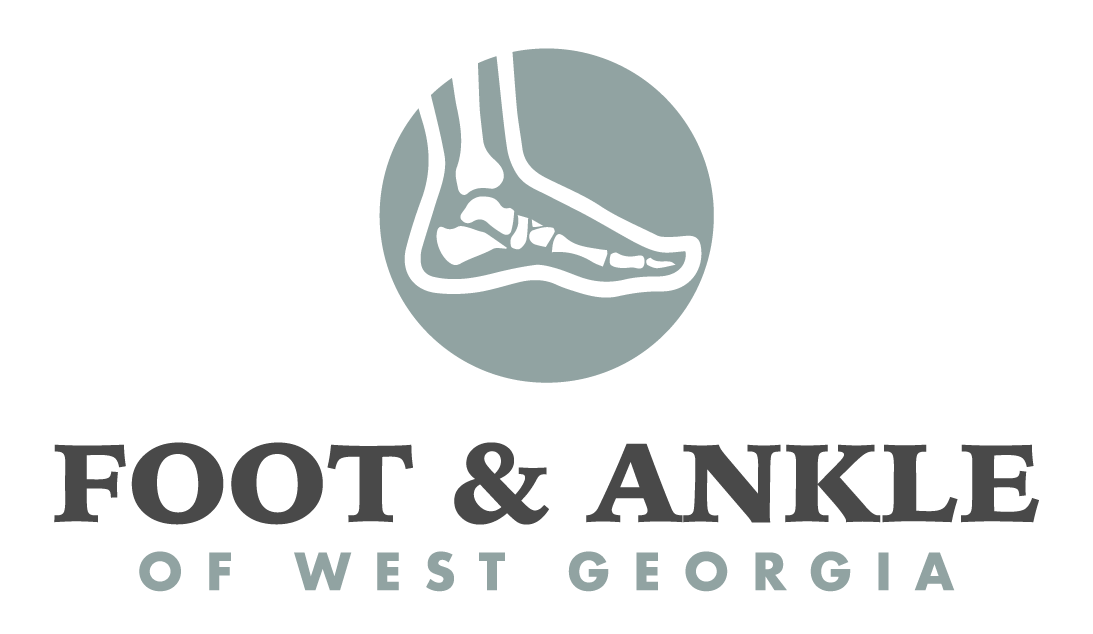Runners: Fit Feet Finish Faster
Both long-distance runners and casual joggers can improve their performance by keeping their feet in top condition and taking steps to control foot problems common in runners, according to Dr. Michael Schreck, a local podiatrist with Foot and Ankle of West GA.
"The human foot is a biological masterpiece that amazingly endures the stresses of daily activity," said Dr. Schreck. "For runners, the feet are more vulnerable to injury than any other part of the body, and these athletes should be on the alert for signs of foot problems that can slow them down if not treated promptly.
"The most common complaint from runners is heel pain caused by inflammation of the ligament that holds up the arch, a condition known as plantar fasciitis. "In athletes, heel pain can result from faulty mechanics and overpronation in which pressure is unequally applied to the inside of the foot. It also can be caused by wearing running shoes that are worn out or too soft," Screck explained.
At the first sign of heel pain, Dr. Schreck advises runners to do stretching exercises, wear sturdier shoes, and use arch supports. In some cases, icing and anti-inflammatory drugs, such as ibuprofen, are helpful. Should heel pain continue, custom orthotics, injections, and physical therapy might be required. Surgery normally isn't considered unless heel pain persists for more than a year and conservative treatment has failed to bring relief.
Neuromas and tendonitis are other common foot problems that affect runners. A neuroma is a pinched nerve between the toes that can cause pain, numbness and a burning sensation in the ball of the foot. Overly flexible shoes often are the cause and padding, orthotics, or injections usually are effective. Sometimes surgery is the answer if pain between the toes continues for more than six months.
Serious runners can be sidelined with tendonitis if they ignore the warning signs of this overuse-related condition. "There are several forms of tendonitis that affect the Achilles and other areas, and all are treated with rest, icing, stretching, and anti-inflammatory medications, and sometimes with orthotics and physical therapy." Dr. Schreck said. "Over-zealous training usually causes tendonitis, especially among beginners who try to do too much too soon.
"A common myth among athletes, according to Schreck, is that it's not possible to walk or run if a bone in the foot is fractured. "I often hear surprised patients say "It can't be broken, I can walk on it," He said. "That's dead wrong, especially with stress fractures when pain and swelling might not occur for a few days." If a fracture or sprain is suspected, Schreck advises runners to remember the word RICE as an abbreviation for Rest-Ice-Compression-Elevation. "Should pain and swelling continue after following this procedure for three or four days, you should see a podiatric foot and ankle surgeon for an x-ray and proper diagnosis."
Other common foot ailments runners should watch for are:
Athlete's Foot: This fungal skin disorder causes dry, cracking skin between the toes, itching, inflammation, and blisters. It can be prevented and controlled by washing the feet regularly and carefully drying between the toes; switching running shoes every other day to allow them to dry; wearing socks made with synthetic material instead of cotton; and applying over-the-counter ointments.
Toenail Problems: Ingrown nails can cause inflammation and possible infection and usually are treated by cutting the corner of the nail with sterile clippers. Black toenails happen when a blood blister forms under the nail from trauma, and it's best to let the nail fall off by itself. Fungal toenails are yellow, brown, or black and sometimes are irregularly shaped and thick. They are best treated with oral anti-fungal medications.
Foot Odor: There are more than 250,000 sweat glands in the foot and daily hygene plus regular changing of shoes and socks are best for controlling sweat and odor. Runners should avoid wearing cotton socks and running without socks. Foot powders, aerosols, antiperspirants, and vinegar soaks also are helpful.
Blisters, Corns, and Calluses: Never pop blisters unless they are larger than a quarter or are painful or swollen. Use a sterile instrument to lance the corner, leave the top as a biological dressing, wash, apply antibiotic ointment, and cover with a Band-aid. Corns and calluses are caused by repeated friction, and should be treated by aseptically trimming the dead skin and eliminating the underlying cause.
